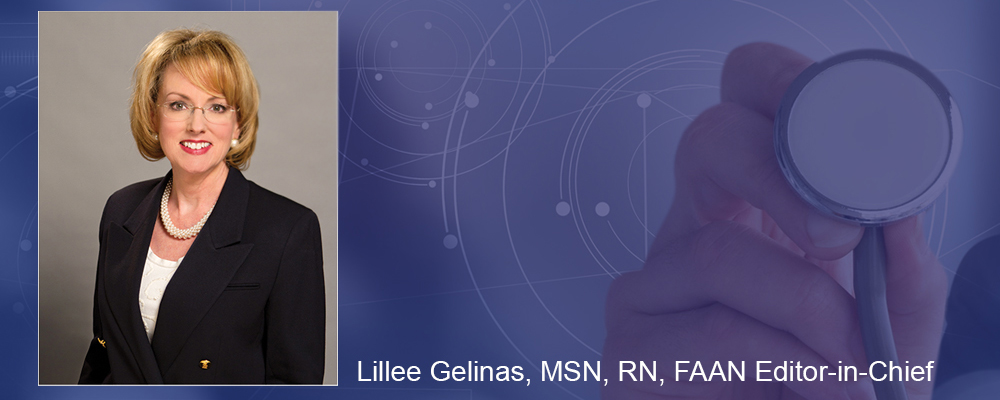The period from Memorial Day to Labor Day is a special time—a stretch of (ideally) sunny days when school is out and vacation time becomes a priority. In a typical year, Labor Day falls 14 weeks after Memorial Day—a span of about 99 days, with 14 weekends. If we planned all year long as well as we typically plan our summer, we’d be rested, organized, and ready to take on any challenge.
However, for healthcare workers, summer can seem like any other time of the year. Patients need us, our organizations depend on us, and work can feel like anything but a vacation.
I like to think of summer as a time for planning: planning how to accelerate achievements and perhaps think about professional goals, such as certification or advanced education. I’ve decided to spend my summer pursuing certification as a patient safety professional, as so much of patient care depends on one’s ability to ensure a safe care environment.
Safety science is advancing so rapidly that it can be hard to keep up. Patient-safety competency standards and the body of evidence that compose safety science, human factors engineering, and the practice of safe care are important knowledge areas for all nurses, from the bedside to the boardroom. So for my summer, I’ve set out on a personal immersion into patient-safety competencies and experiences so I can sit for the exam by the fall.
Building a safer healthcare system will require the best efforts of all nurses, individually and collectively. Patient safety is a serious public health issue. Like obesity, motor-vehicle crashes, and breast cancer, harm caused by healthcare errors carries significant mortality, morbidity, and quality-of-life implications and adversely affects patients in every care setting. Although patient safety has advanced in important ways since the Institute of Medicine released its report To Err Is Human: Building a Safer Health System in 1999, work to make health care safer has progressed at a rate much slower than anticipated.
Advancing patient safety requires a shift from reactive, piecemeal interventions to a total systems approach. Adopting this approach means consistently prioritizing a safety culture and the well-being and safety of the healthcare workforce. It also means more complete development of the science, measurement, and tools of patient safety. To ensure maximal impact, coordination and collaboration across organizations will prove important. Such an approach also requires us to think about safety in all care settings across the continuum, not just hospitals. To ensure the patient’s voice is heard, we must partner with patients and their families at all points along the journey.
I’m eager to learn more. The books I plan to read while on vacation will address the dedicated topics required for certification as a patient safety professional. Certification, collaboration across the continuum of care, and the professional efforts of the entire workforce will move us in the right direction. The American Nurses Association’s focus on all three of these topics helps to inform our journey—and certainly will inform my own. I’m packing my bags, laying out the roadmap, and making plans for the trip.
Enjoy the rest of your summer!
Lillee Gelinas, MSN, RN, FAAN
Editor-in-Chief


















